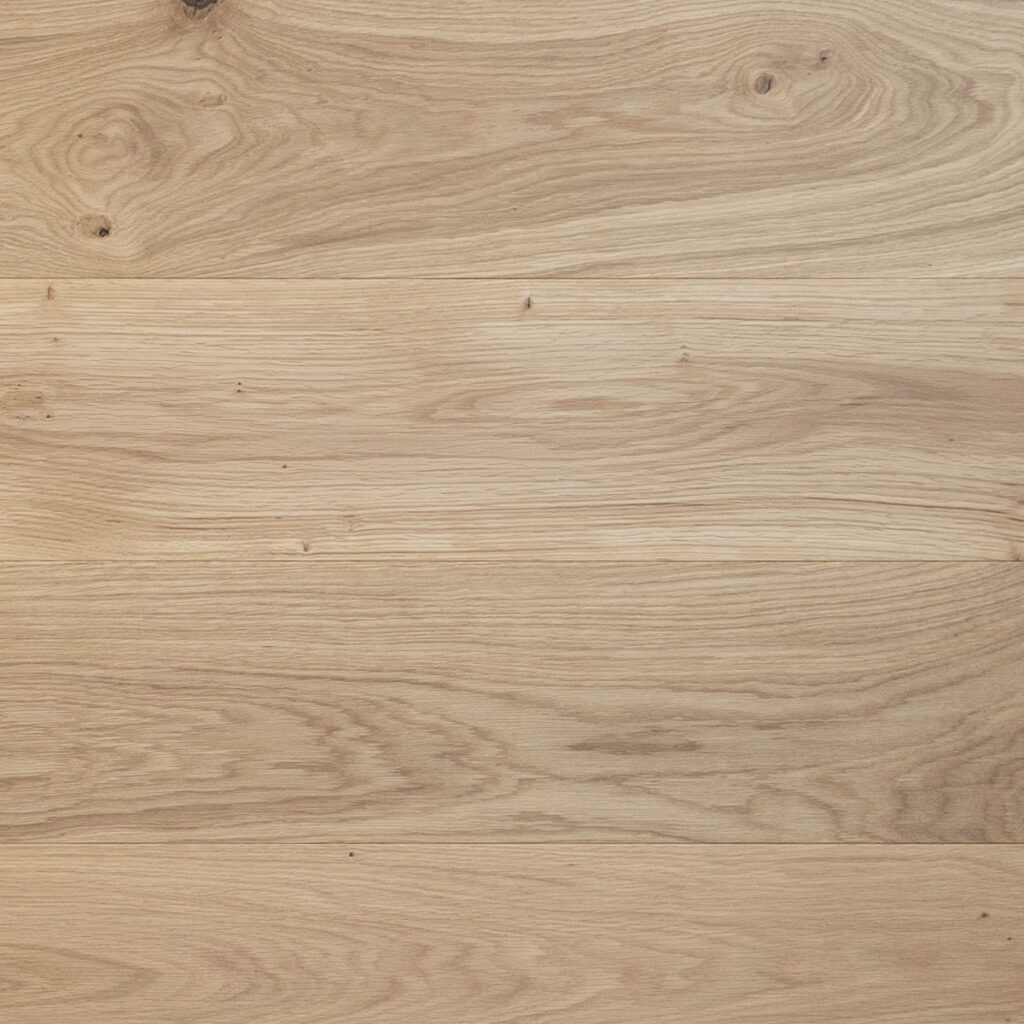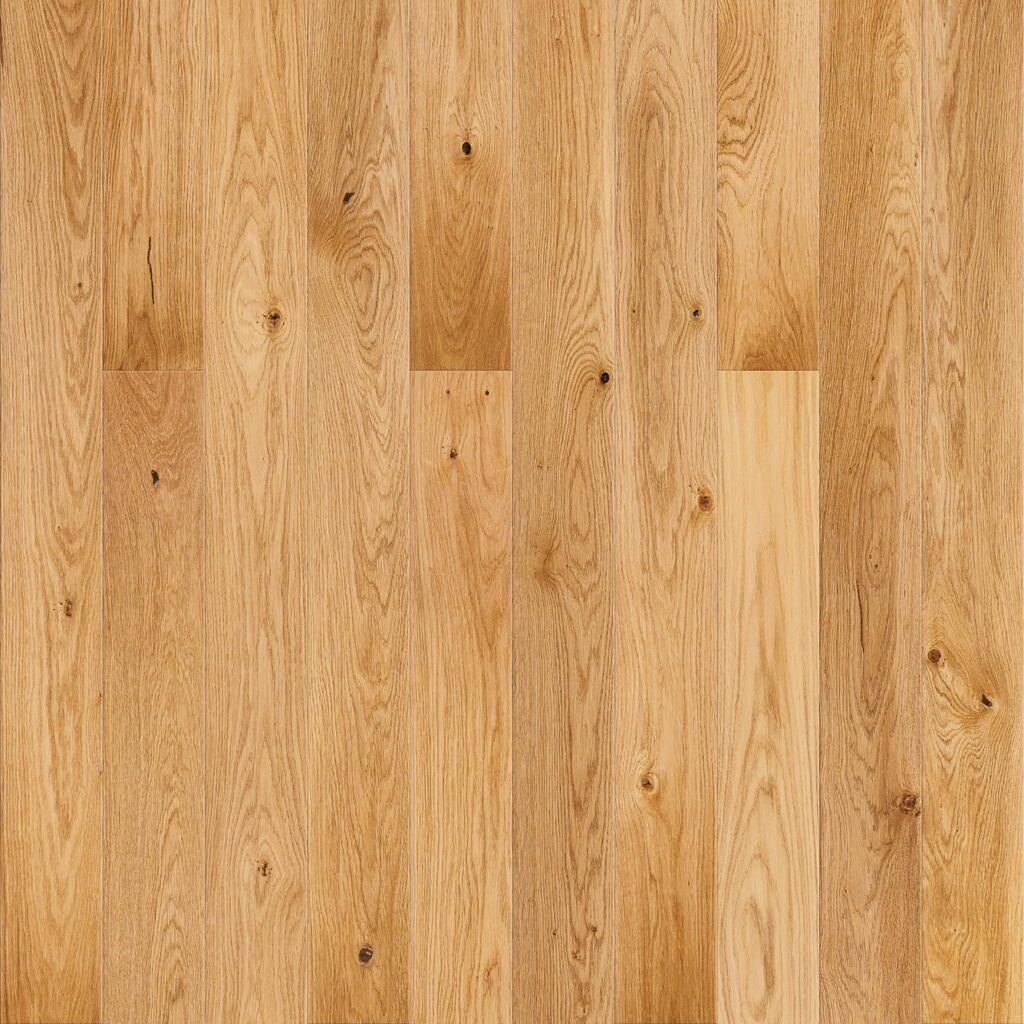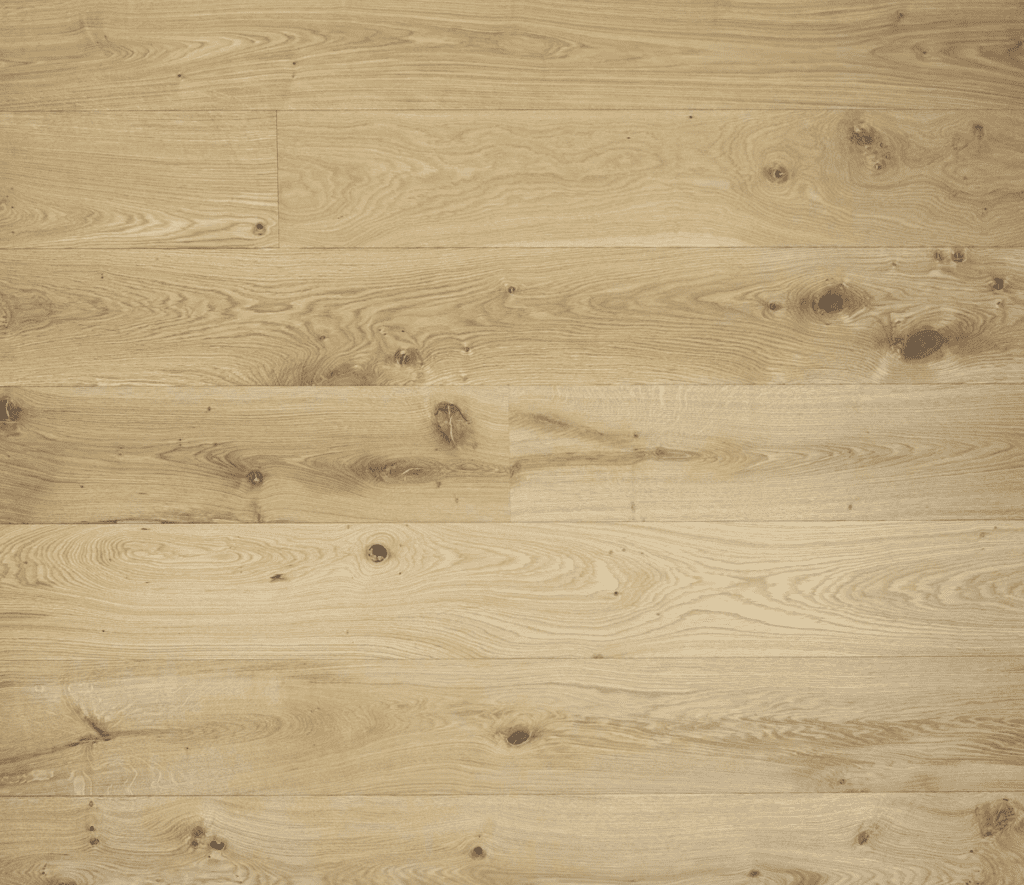Real wood veneer flooring, a popular choice for modern homes and commercial spaces, is prized for its beauty, durability, and ease of installation. However, one characteristic that often intrigues and sometimes puzzles buyers is the considerable variation in grain patterns and textures observed among different planks. These variations are not defects or signs of poor quality; rather, they are natural manifestations of the wood’s origin, adding uniqueness and character to the flooring.
Understanding the Natural Origin of Wood
The key to appreciating the texture and grain differences in Real wood veneer lies in understanding that wood is a natural material. Each tree, much like a human fingerprint, has its unique pattern that reflects its life story. Factors such as the species of the tree, the conditions under which it grew (soil quality, climate, availability of sunlight and water), and its age all contribute to the distinctive appearance of its wood.

Grain Patterns and Texture Variations
Grain patterns in wood are determined by the way the tree was cut. The two most common types of cuts are:
Plain Sawn (Flat Sawn): This method produces planks with a varied grain pattern, often resulting in a wavy texture and the appearance of cathedrals (the arches seen in the grain).
Quarter Sawn and Rift Sawn: These techniques yield a more uniform and straight grain pattern, with quarter-sawn wood also displaying beautiful flecks and rays.
The variation in texture and grain among engineered wood flooring planks is largely due to these cutting methods combined with the intrinsic properties of the wood. For instance, oak has a naturally strong and pronounced grain, while maple offers a subtler, more uniform pattern. Even within the same species, there can be significant variation based on the part of the tree from which the wood was harvested.

Embracing the Beauty of Variation
Manufacturers of engineered wood flooring often celebrate this natural variation, offering products that showcase a range of patterns and textures to suit different tastes and design needs. While some may prefer the uniformity and predictability of synthetic materials, many homeowners and designers are drawn to the authentic, lived-in look that comes with real wood.
When selecting Real wood veneer, it’s essential to view samples in various lighting conditions and, if possible, inspect larger areas of the installed flooring to get a true sense of the variation and how it complements your space. This appreciation for the natural beauty of wood, with all its imperfections and idiosyncrasies, allows for a more personal and connected living environment.

Conclusion
The grain patterns and texture variations in Real wood veneer are not flaws but are instead authentic characteristics of wood’s natural beauty. These variations add depth, warmth, and a unique story to every space, reminding us of the natural world’s diversity and richness. By embracing these natural differences, homeowners can create spaces that are not only beautiful but also full of character and life.




